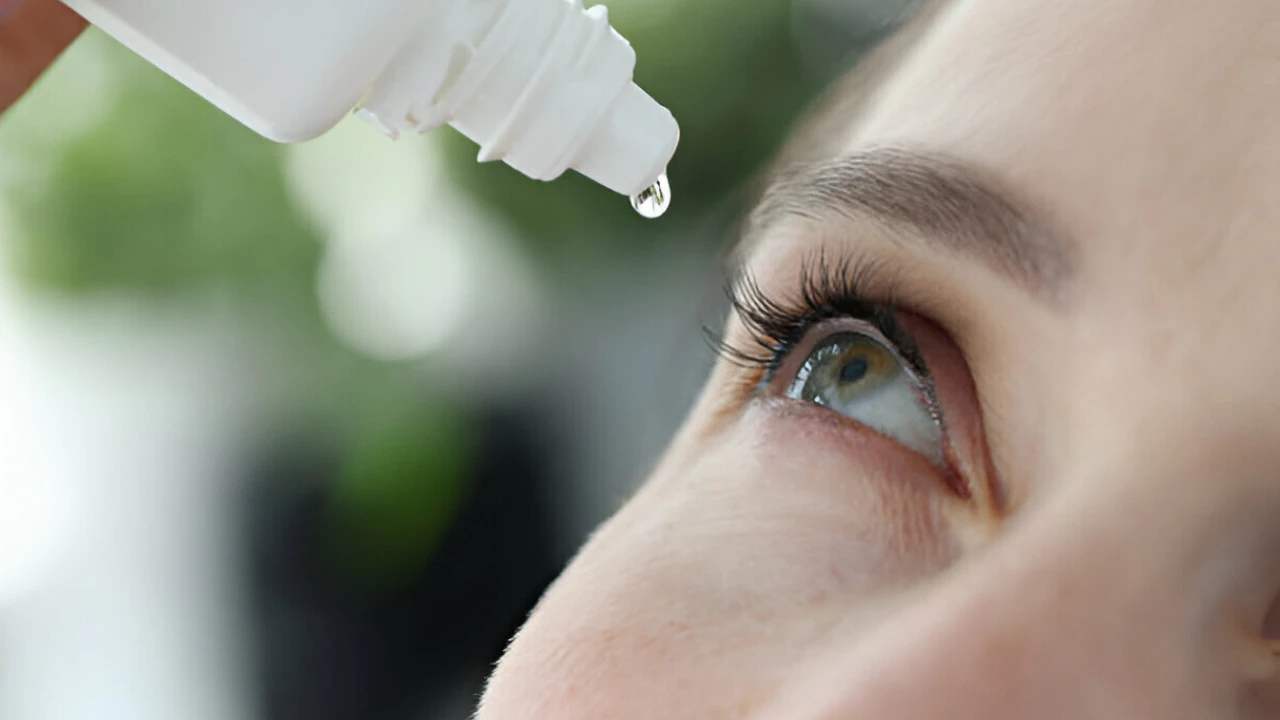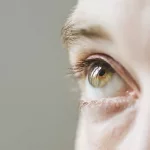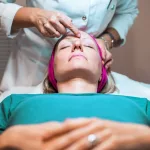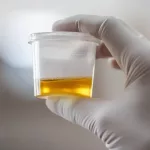Ever awaken with your eyes feeling like they’ve been glued shut, best to peek inside the replicate and see a crimson, itchy mess staring back at you? Pink eye—or conjunctivitis—can hit out of nowhere, turning a ordinary day right into a irritating blur. I take into account my buddy Claire texting me in a panic remaining spring: “My eyes are a disaster—what do I do?” After some trial and error, she ultimately discovered the fine drops for red eye that worked for her, and it got me questioning—why is that this so difficult to determine out? Whether it’s soothing artificial tears, allergic reaction drops, or prescription antibiotics, the right eye drops may be a sport-changer. Let’s dive into the sector of red eye and discover a way to pick an appropriate drops for you—because no person merits to go through through that itchiness longer than important!
What Is Pink Eye and Why Do Drops Matter?

Picture this: the thin, clear layer covering the white of your eye and lining your eyelid—the conjunctiva—gets irritated and decides to throw a fit. That’s pink eye in a nutshell. It’s not just one thing; it can come from viruses, bacteria, allergies, or even something pesky like smoke or chlorine. Claire’s case? Total allergy overload during pollen season. Whatever the cause, you’re left with red, itchy, sometimes watery or crusty eyes that make you want to hide under a blanket.
So, where do eye drops come in? They’re like a trusty sidekick for your eyes. They can calm the redness, ease that scratchy feeling, and sometimes even tackle the root problem. For example, if bacteria are the culprits, antibiotic drops can knock them out fast. If it’s allergies driving you nuts, allergy drops can hush the itch. Even if it’s a stubborn virus, drops can at least make the wait more bearable. The catch? You’ve got to match the drop to the cause—otherwise, you’re just splashing water on a grease fire. Let’s break it down further.
What Causes Pink Eye?
Pink eye isn’t picky—it has a few favorite triggers. Viruses top the list, especially in kids, and they spread like wildfire (think daycare chaos). Bacteria are another big player, often leaving behind that lovely yellow or green gunk. Allergies—like Claire’s pollen saga—can turn your eyes into itchy, watery messes, especially in spring or fall. Then there are irritants: smoke, dust, or that pool day gone wrong. Knowing what’s in the back of your red eye is step one to locating the high-quality drops for crimson eye alleviation—because treating an endemic with allergy drops is like the use of a fork to eat soup.
How Can Eye Drops Help?
Eye drops are pretty super when you reflect onconsideration on it. They’re now not a one-size-fits-all deal, but they’ve got options for every red eye scenario. Got dry, gritty eyes? Artificial tears can hydrate and rinse out the junk. Allergies acting up? Allergy drops with antihistamines can tell those histamines to chill out. Bacterial infection? Antibiotic drops swoop in to save the day. And for those rare, nasty viral cases—like herpes-related pink eye—antiviral drops might step up (though they’re not common for your average cold-virus pink eye). The goal is relief, and sometimes a cure, tailored to what’s bugging your eyes.
Quick Tip
Here’s a little nugget of wisdom: Not all drops are created equal. Picking the right one for your pink eye’s cause is the secret sauce to feeling better fast. Confused? A quick chat with your doctor can point you in the right direction.
Exploring the Best Drops for Pink Eye
Alright, now that we’ve got the basics down, allow’s communicate about the celebs of the show: the distinctive styles of eye drops accessible. There’s a whole lineup to pick out from, and finding the excellent drops for crimson eye depends on what’s occurring together with your eyes. Let’s take a closer study every one—professionals, cons, and all.
Are Artificial Tears the Best Drops for Pink Eye?

Artificial tears are like a groovy glass of water on your eyes—they hydrate, soothe, and flush out irritants. If your crimson eye is moderate—say, from too much display screen time, dry air, or a touch dust—they may be a lifesaver. Claire grabbed these first when her eyes started itching like crazy, and they gave her some breathing room. They’re gentle, usually preservative-free, and you can use them as often as you want. But here’s the deal: if your pink eye is from an infection—viral or bacterial—they’re not going to fix it. They’ll make you feel better for a bit, but the real problem sticks around. Still, for a quick comfort boost, they’re hard to beat.
How to Use Artificial Tears
Using artificial tears is a breeze. Tilt your head back (or lie down if you’re clumsy like me), pull down your lower eyelid to make a little pocket, and squeeze in one or two drops. Blink a couple of times to spread it around—easy peasy. Claire kept a bottle in her purse and used them whenever her eyes felt like sandpaper. No prescription needed, so they’re a great first step while you figure out what’s up.
Do Allergy Eye Drops Work for Pink Eye?

If allergies are behind your pink eye—like they were for Claire—then allergy eye drops might just be your new best friend. These drops pack antihistamines or mast cell stabilizers that shut down the allergic reaction causing your misery. Itching, redness, watery eyes? They’ve got you covered. Claire said her eyes stopped feeling like they were plotting against her after a couple of days with these. But if your pink eye is from a virus or bacteria, these drops won’t touch it—they’re allergy specialists, not infection fighters. Use them too much, and they might dry your eyes out, so moderation’s key.
Top Picks for Allergy Drops
Some crowd favorites are ketotifen and olopatadine—both over-the-counter and pretty effective. Claire’s pharmacist recommended ketotifen, and it worked wonders during her pollen meltdown. There’s also prescription stuff like cromolyn if your allergies are next-level. Not sure which to grab? Your doctor or pharmacist can steer you toward the top eye drops for pink eye caused by allergies—just don’t guess and grab off the shelf.
When Are Antibiotic Eye Drops the Best Choice?

Bacterial pink eye—like the kind Claire ended up with after her allergy drops flopped—calls for the big guns: antibiotic eye drops. These bad boys target and kill bacteria, clearing up the infection fast. Claire’s doctor prescribed erythromycin drops, and she was amazed at how quickly the crusty gunk and redness started fading—within 24 hours, she was on the mend. They’re prescription-only, so you’ll need a doc’s sign-off, and they’re useless for viral or allergic pink eye. But when bacteria are the enemy, these are hands-down the best drops for pink eye.
Application Guide
Using antibiotic drops is straightforward but needs some care. Wash your hands first—no one wants extra germs in the mix. Tilt your head back, pull down that lower lid, and drop in the prescribed amount (usually one or two drops). Blink gently, and don’t touch the tip to your eye—it’s got to stay clean. Claire’s doc told her to use them four times a day for a week, and she stuck to it, even when her eyes felt better after day two. Skipping doses can let the bacteria bounce back, so follow through!
What About Antiviral Eye Drops?
Antiviral drops are the rare birds of the eye drop world. They’re mostly for serious viral infections—like pink eye tied to the herpes virus—not your run-of-the-mill cold-related pink eye. Those common viral cases usually clear up on their own, so doctors rarely pull out antivirals. When they do, it’s prescription-only, and they can sting or burn a bit. Claire’s pink eye wasn’t viral, so she skipped these, but if your symptoms are intense or weirdly persistent, they might come into play. For most of us, though, soothing drops are enough while the virus runs its course.
When to See a Doctor
Here’s when to wave the white flag and call a pro: if your pink eye hurts a lot, blurs your vision, or hangs around longer than a few days with no improvement. Claire waited two days before seeing her doctor, and it was the smart move—her bacterial infection needed more than OTC fixes. Other red flags? Sensitivity to light or a feeling like something’s stuck in your eye. A quick visit can get you the right drops and peace of mind.
Balancing Benefits and Risks of Eye Drops
Eye drops are awesome, but they’re not magic potions. Using the wrong ones—or overdoing it—can backfire. Let’s weigh the good and the not-so-good so you can use them smartly and get those eyes feeling normal again.
Can Eye Drops Make Pink Eye Worse?
Yep, it’s feasible. Imagine Claire’s frustration when she tried allergic reaction drops for what grew to become out to be bacterial crimson eye—they didn’t help and left her eyes drier than before. Using antibiotic drops for a virus? Waste of time and maybe some irritation. Overusing any drop—especially ones with preservatives—can dry your eyes out or make them more sensitive. The lesson? Match the drop to the problem, or you might end up rubbing your eyes even more.
How Do I Pick the Best Drops for Pink Eye?
Finding the best drops for pink eye starts with playing detective. Itchy, watery eyes with no gunk? Probably allergies—try allergy drops. Yellow or green discharge? Sounds bacterial—time for a doctor and antibiotics. Just red and annoyed with no clear cause? Artificial tears might tide you over while you figure it out. If you’re stumped, don’t guess—Claire’s doc sorted her out in ten minutes flat. A healthcare pro can save you time, money, and a whole lot of squinting.
Comparison of Eye Drop Types
Let’s break it down simple:
- Artificial Tears: Great for dry or mildly irritated eyes. Pros: instant soothing, no Rx needed. Cons: won’t cure infections.
- Allergy Drops: Perfect for allergy pink eye. Pros: cuts itching and redness. Cons: can dry eyes if overused.
- Antibiotic Drops: Ideal for bacterial pink eye. Pros: fast infection buster. Cons: no help for viruses or allergies.
- Antiviral Drops: For rare viral cases. Pros: targets specific viruses. Cons: side effects, not for everyday pink eye.
Tips to Use Eye Drops Like a Pro
You’ve got your drops—now let’s make sure you’re using them like a champ. A little know-how can turn a fumbly mess into smooth relief. Here’s how to nail it every time.
How Do I Apply Eye Drops Without Messing Up?
Applying drops doesn’t have to feel like a circus act. Here’s the easy way:
- Wash your hands—clean hands, happy eyes.
- Tilt your head back and look up (ceiling’s your friend).
- Pull down your lower lid to make a cozy pocket.
- Squeeze in the drops—aim for one or two, no splash zone.
- Blink gently to spread the love, not smear it.
What Should I Avoid When Using Drops?
Avoid these slip-ups to keep your drops working their best:
- Don’t share drops—pink eye’s contagious enough.
- Keep the bottle tip clean—don’t let it touch your eye or fingers.
- Skip expired drops—they’re past their prime.
- Contacts off first—unless your doc gives the green light.
Claire’s Lesson
Claire’s big aha moment? Slow down and keep it clean. She’d dab on drops with dirty hands and wonder why her eyes got grumpier. Once she got the routine down—hands washed, head back, steady squeeze—she was golden. Take it from her: a little patience pays off.
Conclusion
Pink eye’s a drag, but the best drops for pink eye can turn it around—whether it’s artificial tears for a quick soothe, allergy drops for seasonal woes, or antibiotics to kick bacteria to the curb. Claire’s journey taught me it’s all about finding the right fit and using them smartly. Weigh the perks (hello, relief!) against the risks (wrong drops, wrong move), and don’t be shy about asking a doctor for help. Oh, and to keep pink eye from crashing your party again? Wash those hands, skip the eye-rubbing, and stay home if it’s catchy. Got a pink eye story or a go-to drop? Spill it in the comments—I’d love to hear what’s worked for you!


















Leave a Reply
You must be logged in to post a comment.